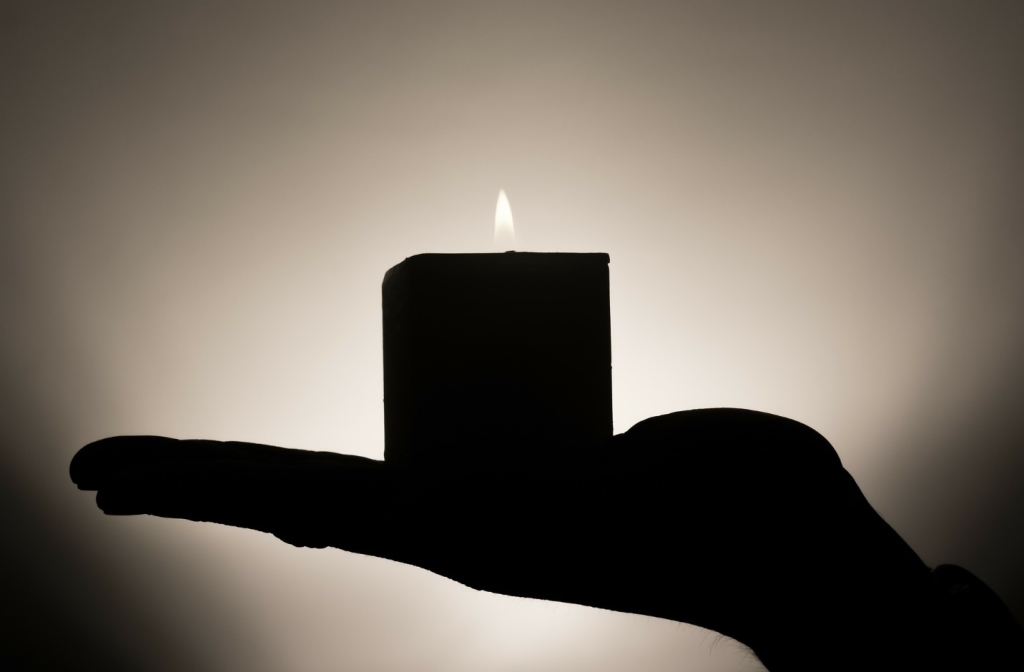
“Yoga nidra has helped me to relax on a profound level, helping me to sleep when I had about given up on it.”
— Stacy, age 47, colon cancer survivor
Yoga nidra is a meditative practice that has been shown through research to provide relief from stress, depression, worry, pain and at the same time improving mindfulness. The first time that I experienced — or even heard of — yoga nidra was in my Moksha Yoga teacher training in 2003, when a guest teacher attended our class and guided us through the practice as we reclined in savasana, the relaxation pose. The practice, which he said lasted for about 20-25 minutes, felt like just a few minutes.
Afterward, I moved through my life on a high for the next few days, thinking more clearly and creatively than I had in years, experiencing repeated “aha!” moments. Granted, I have not gotten quite as dramatic an effect since then, but I still experience many benefits from this intriguing practice. And you know that when science, yoga and the military are on the same page in their enthusiasm toward anything, there must really be something powerful there.
The elements of a yoga nidra practice, described in Yoga Nidra: The Practice of ‘Yogic Sleep’, may vary greatly depending on the time available to practice, but there are basic components from which to choose. Practitioners can choose to select individual elements to incorporate, but a full practice can include the following:
- The Sankalpa, or resolve
- A rotation of consciousness through various parts of the body
- Awareness of the breath
- Awareness of feelings and sensations (particularly focusing on opposite sensations)
- Inner space exploration
- Visualization to evoke the symbols of the unconscious, ending image that evokes profound calm
- A repetition of the resolve
- Gradually bringing the mind back to a waking state
In 2013, the Bihar School released a Golden Jubilee edition of Yoga Nidra, which has been updated and provides extensive explanations and many versions of the entire practice. The following provides basic practice guidelines. This can be taught or guided by one person to another, or it can be recorded for one’s own use.
Beginning the Practice of Yoga Nidra: General Guidelines
- Set up for the practice in a quiet space free from distractions.
- If any physical discomfort is present, beginners should practice the joint freeing series of Pawanmuktasana first. More advanced practitioners can do more advanced asanas.
- Practice yoga nidra in savasana if possible, which research shows will minimize sensory stimulation. Use a blanket under the head, with minimal elevation, and roll it to support the back of the neck. If on a hard surface, use a folded blanket under the body for comfort. Hands should be away from the body with palms turned up, legs separated. Staying in one position without movement is helpful for cultivating the experience of pratyahara (sense withdrawal), but being overly strict about this may be counterproductive.
- Cover with a light blanket if desired, as the body temperature may drop during relaxation.
- Begin with the creation of the sankalpa, or intention. This is a brief statement that creates a resolve that you are committed to achieving in the next six to eighteen months.
- Follow the instructions in an effortless manner, and process any experiences that come up with relaxed awareness and detachment.
- The “best times” for practice are in the very early morning (4-6am) or just before bedtime, but anytime that you will actually do yoga nidra is the best time for you.
Rotation of Consciousness or 61-Points Meditation
The 61-Points Meditation can be done with the rest of the yoga nidra practice, or it can be done as a separate, shorter practice. In this technique, the practitioner rapidly shifts awareness to different spots on the body. Some teachers suggest visualizing a blue or white light at each point. Begin by setting up in a comfortable savasana as described above. Direct your attention to each body part as indicated below:
- Forehead, throat
- Right shoulder, right elbow, right wrist, tip of right thumb, tip of right index finger, tip of right middle finger, tip of right ring finger, tip of right little finger, right wrist, right elbow, right shoulder, throat
- Left shoulder, left elbow, left wrist, tip of left thumb, tip of left index finger, tip of left middle finger, tip of left ring finger, tip of left little finger, left wrist, left elbow, left shoulder
- Throat, space in the middle of chest, right chest, middle of chest, left chest, space in the middle of the chest, navel, lower abdomen
- Right hip, right knee, right ankle, tip of the right big toe, tip of the right second toe, tip of the right middle toe, tip of the right fourth toe, tip of the right little toe, right ankle, right knee, right hip, lower abdomen.
- Left hip, left knee, left ankle, tip of the left big toe, tip of the left second toe, tip of the left middle toe, tip of the left fourth toe, tip of the left little toe, left ankle, left knee, left hip
- Lower abdomen, navel, the middle of the chest, the throat, and the forehead.
- Relax and sense the entire body at once.
The practice of yoga nidra can be done on a regular basis in order to obtain the full benefit of the effects, starting observing the effects of practicing at least once a week and increasing from there.
For more details on the full array of yoga nidra practices, see the Bihar School Golden Jubilee edition of Yoga Nidra.













